Montenegro: Visa And Residency Guide
Our Montenegro visa and residency guide is a here to help you navigate all the questions about life in this country.
Americans who want to move to a European country with a mix of Spain’s weather, Italy’s cuisine, and France’s landscapes. And Montenegro is the place for those who prefer a western country that is affordable and peaceful.
In short, Montenegro can be a forever home…
Europe has a few fairytale spots left. The Balkans are an often-overlooked travel destination because of their contentious political history and somewhat isolated subcultures.
And, Montenegro specifically has rebounded in recent years and is in our list of an up-and-coming places to live.
Now is the time to invest in Montenegro— real estate is cheap, taxes are low, and residency is easy.
Montenegro is in southeastern Europe. It’s encircled by Bosnia and Herzegovina, Serbia, Kosovo, Albania, and Croatia.
The country is small. You can drive across it in the afternoon. However, it offers a multitude of things to explore.
Montenegro’s unofficial motto is “samo polako”. It translates to “take it easy” or “slow down”. In short, a friendly reminder to really relax and enjoy the quiet beauty of Montenegro.
Podgorica is the capital of Montenegro. It’s the largest city and is just north of Lake Skadar and its surrounding mountain ranges. Also, it is the economic hub of the country.
Montenegro runs on the euro.
How To Get Residency In Montenegro
The country has different landscapes and climates. People on the southern coast have warm weather, while the interior is mountainous and colder.
Montenegro is full of gorgeous forests with crystal-clear lakes and small, stony medieval villages.
Tourists visit Montenegro during the summer and their preferred activities are hikes, bike rides, or horse-riding s around the countryside.
Among the most popular spots are Podgorica, the Bay of Kotor, the Montenegrin coast, or any of its beautiful natural scenery.
The Balkans have great geopolitical significance. The region is full of interesting things. For example, settlements from the Iron Age, the Medieval period, Roman/Venetian/Byzantine conquerors, and the Ottoman Empire dot the countryside.
Montenegro cities bear the scars from World War Two and the later Yugoslav Wars. But now peace has settled on all of them.
There are many museums and cultural sights to visit, which are a nice change in pace from the beautiful, quiet landscape.
Montenegro’s public transportation works between different towns. But the routes are often in competition with the affordable and well-dispatched taxi services.
The largest international airport in Montenegro is the Podgorica Airport. It’s in Zeta Plain, about 11 kilometers south of the capital’s city-center.
Generally, infrastructure in Montenegro is not as modern. But the traffic usually flows and it is easy to get around by foot or with a car.
In the 2010s, National Geographic Traveler and the New York Times each ranked Montenegro among the “Top 50 Places of a Lifetime” and the “Top 31 places to go.” This is because of the region’s many significant historical and cultural sights, its beautiful scenery, and its diverse food scene.
But for those drawn to moving to Montenegro, the visa and residency process can be difficult to understand.
We made a list of reasons to move to Montenegro. You can read it here.
Montenegro Visas
Montenegro has remained relatively stable because of their religious tolerance, cultural diversity, and desire to remain connected to Europe.
The country declared independence in 2006 from Montenegro and Serbia, and since then has been a member of the UN, NATO, the WTO, and other economic and geopolitical bodies that use western currencies and laws.
As such, Montenegro’s immigration process is not unlike other European countries, especially because of their country’s desire to make nice with tourists so they can join the EU and perpetuate a pro-business tax system.
So, for those unfamiliar with Montenegro, the first way to check out the country is to visit.
Citizens of countries like the US, UK, EU, Canada, and Australia can all enter Montenegro with a valid passport (EU citizens without a passport can stay for 30 days with just a government ID) and can stay up to 90 days without a visa.
Most importantly, passports must be valid for at least six months after the period of intended stay.
Tip: It is not recommended to travel for 90 days, leave, then come back at once, to avoid needing to obtain a travel or residency visa.
Although Montenegro is a small country with a relatively friendly border control, it is illegal to do this and there is a 180-day reset period required after the 90-day tourism period ends.
Holders of other non-Schengen passports will need to apply for a 90-day travel visa.
Depending on your country of origin you can obtain this visa through diplomatic or consular representations of Croatia, Serbia, or Bulgaria.
Montenegro And The Golden Visa
Montenegro had a Golden Visa program. However, it ended in 2022 and it’s unclear if it will return.
The program was created to encourage foreign investment. It offered a direct jump to citizenship.
Montenegro’s Golden Visa was a draw for those looking to obtain a passport (Montenegro’s passport is the 44th strongest in the world, which could improve in rank as they work to become part of the EU).
Here is a list of standard documents you would need to prove while applying for your residency permit in Montenegro:
- A valid passport that does not expire before your residency permit would.
- Certificate of a clean criminal record (issued within the past 6 months) for those age 16 or older.
- Proof of education, if applicable.
- Evidence of solvency. You must have at least US$3,843 in a Montenegrin bank account or proof from an employer that you make over US$367 a month. However, when applying for a family visa, the amount is multiplied by the number of people you have in your family.
- Proof of employment depends on municipality.
- Proof of housing (whether you own a home or rent).
- Evidence that you enrolled in the healthcare system.
- A marriage certificate, if applying as a family; and
- Birth certificates for minor children, if applicable.
All documents not issued in Montenegro need to be translated by a licensed Montenegrin translator.
Permanent Residency For Montenegro
For those who love the Montenegrin lifestyle… After spending five years as a temporary resident, you can apply for a permanent residency permit. This lasts for five years, and you can reapply every five years.
With this you can leave the country for more than one month every year. It also grants you all the rights of a Montenegrin citizen besides a passport and the right to vote.
As a citizen of Montenegro, you qualify for all the tax benefits included in a temporary residency permit.
Time spent in Montenegro while studying, disposing of Montenegrin real estate, or seasonal work does not count towards a permanent residency.
The application for a permanent residency permit is like those for a temporary residency permit and requires many of the same documents issued or translated in Montenegrin.
For this visa the key element is the time you spend in the country. So, once you demonstrate your dedication to living in Montenegro it’s usually simply to obtain a permanent residency permit.
Citizenship For Montenegro
Becoming a citizen in Montenegro offers many benefits for its citizens, including a strong passport.
When becoming a Montenegrin citizen you get the benefits of an EU lifestyle at a lower cost, and many tax advantages.
For those foreigners who are considering or working to obtain a permanent residency, applying for citizenship is a natural next step.
To be a Montenegrin citizen, you need to spend at least 10 years in the country. For example, by spending 5 years as a temporary resident and the next 5 years as a permanent resident of Montenegro.
You can then apply to be a citizen by naturalization.
Montenegro’s Ministry of Internal Affairs currently handles all the applications for citizenship, and these tests are held at the Examination Center of Montenegro in Podgorica and come with a US$58 administrative fee.
Unlike many countries, Montenegro doesn’t require a general knowledge test for citizenship. But there is a basic Montenegrin language exam.
Applying for a Montenegro’s citizenship through descent can be a tricky process. The country rarely accepts these applications, even if you, your parents, or your grandparents were born in Montenegro.
Citizenship through marriage is also difficult to obtain, so be sure to investigate these paths before trying to apply.
However, when you apply for Montenegrin citizenship, you must renounce your other citizenship(s). With only a few specific exceptions, Montenegro does not allow dual citizenship.
The official language of Montenegro is Montenegrin. But Albanian, Bosnian, Croatian, and Serbians are in official use. So, if you do not speak any of those languages, you will need a translator to help with the visa and residency process.


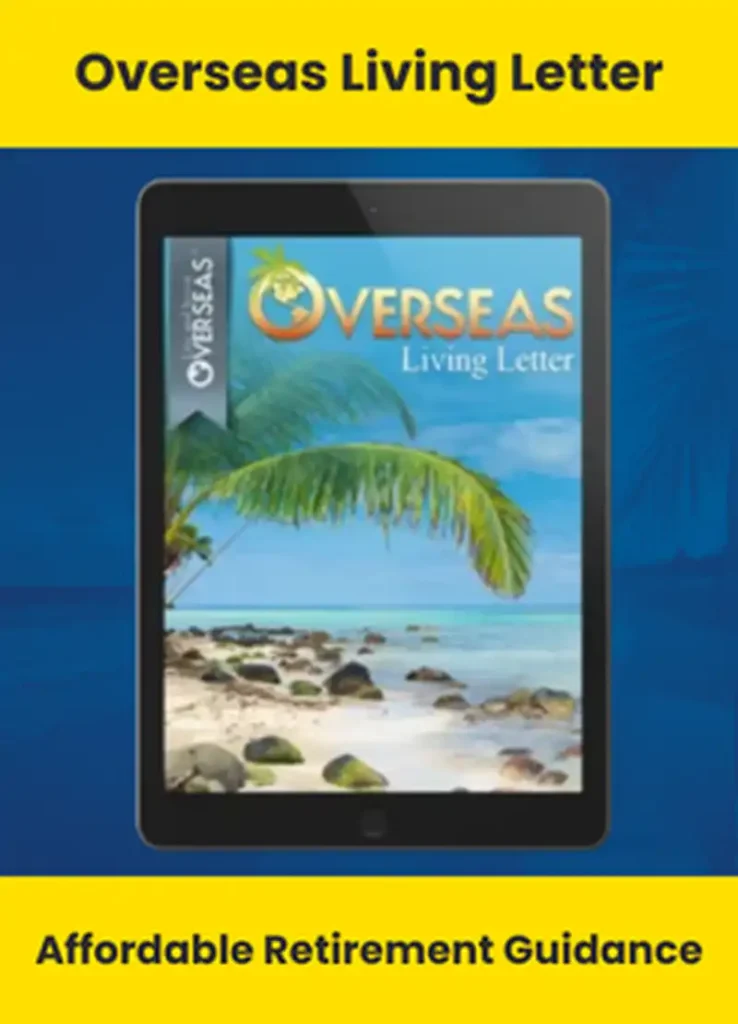



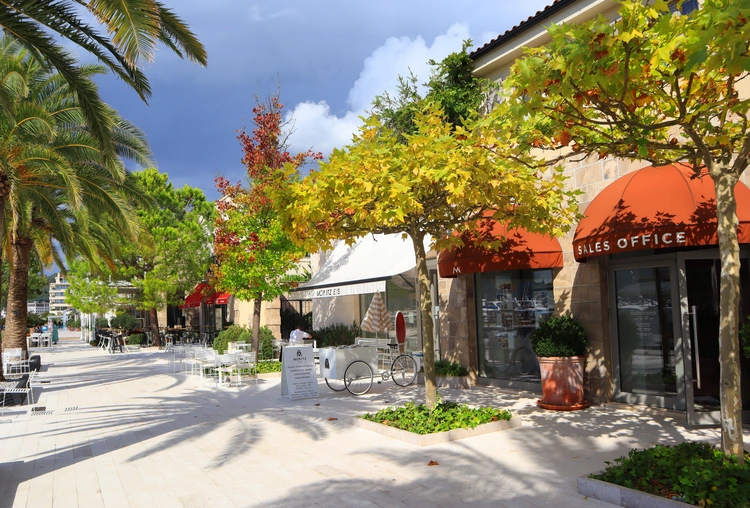

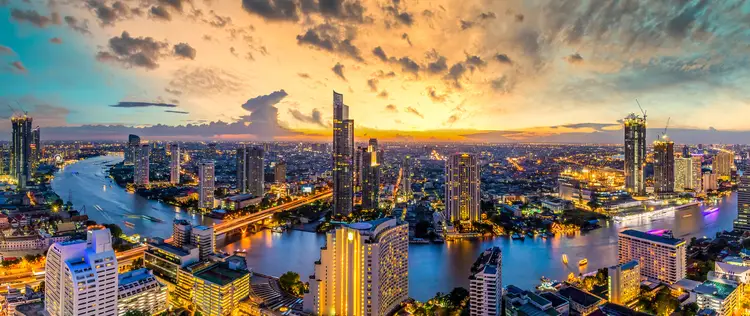 . '
. '
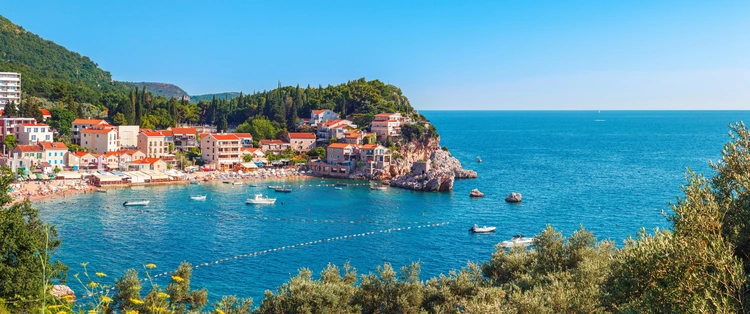 . '
. '
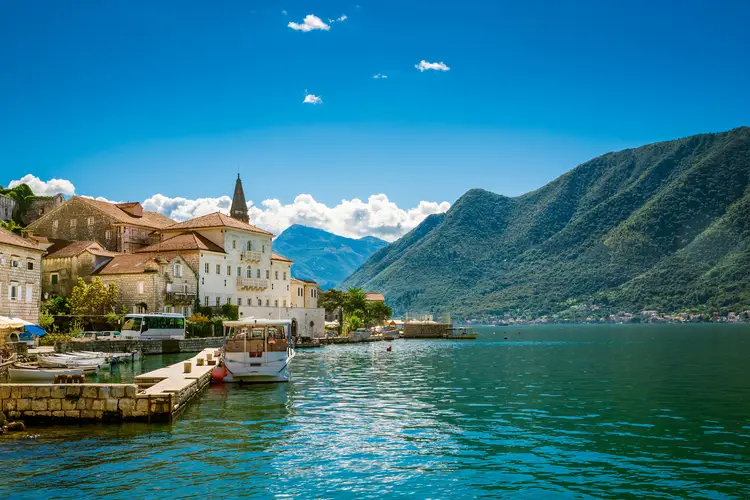 . '
. '
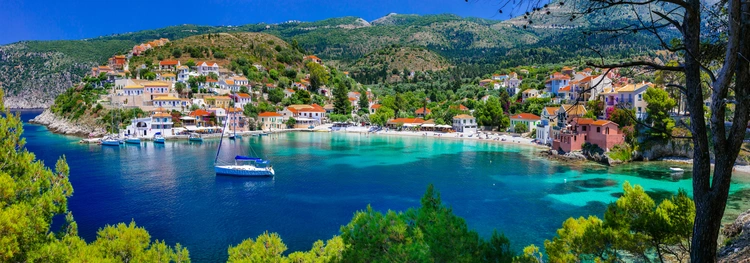 . '
. '
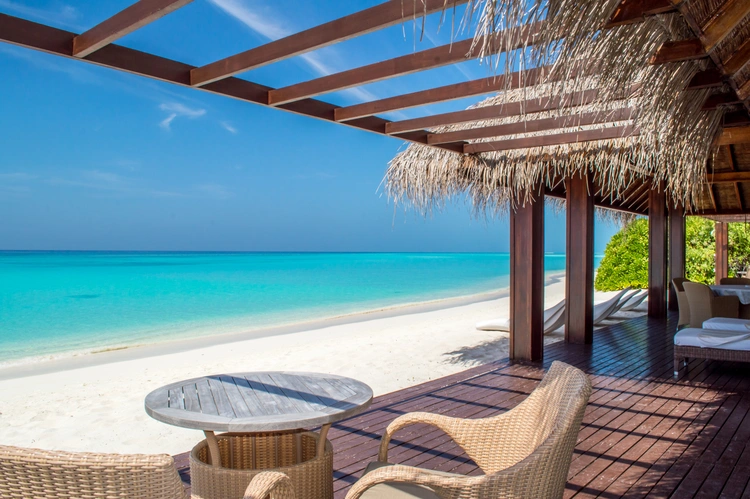 . '
. '








